Programming
A Cool TrickJazz Games Artists Playlist
As part of the kickstarter campaign for the TrickJazz studios games, I put together a playlist on Spotify of tracks from the artists that are going to feature in the chillout games. I hope you enjoy it – it’s so chilled I may need coffee!
First Game: Way of the Bubble

The Way of the Bubble (Beta), Menu Screen
The last few weeks have been a bit intense at times. I signed up for a game music composition course on Udemy in June – maybe not the sanest thing to do during a 30-day composition challenge, but I doubled up and used the homework as Tune-A-Day June tunes, which helped me crack on with it.
It’s the first Udemy course I’ve studied and it is going well. I wanted to write about what I’m learning for Code Like a Girl, because it involves Unity, a very popular game development ‘engine’*. With the games industry being so buoyant it would be good to encourage more girls to get involved. But I needed to write a long-overdue article first to complete the story about making video using Processing 3 to write basic animations, so I ended up writing two articles quite close together. The first article is about making the music visualiser used in the Silver Bird video; the second is about what I’ve been up to on the game music course, which teaches you to make your music adapt to what is happening inside a game and trigger music cues based on events occuring. It’s been really interesting so far and I feel like I’m much better prepared for making more music for games.
I’ve also spent some time trying to learn a little more than is covered on Unity by the game music course by looking at Unity tutorials and just playing around with it. (If you read the second recent article for Code Like A Girl, you’ll see I had some fun body-modding the player character and giving his glasses a makeover). I definitely want to learn more about using Unity, as I’d like to create a simple game that I can use for making video footage from. This will involve learning to code in C#, however, so that will stretch the old grey matter more than a little when I get to grips with it properly. I’ve only really scratched the surface so far. (Unity can also take Java scripts, but the tutorials look like they concentrate on C#, so I’ll just follow those – the two languages seem very similar from my perspective, anyway).
Unity gives you a fantastic platform to work with for making animations, from what I can see, and you can almost treat it like a filmset once you’re proficient, setting up camera angles, getting the camera to follow a character’s movements, or to zoom in to the action, etc. I’m not sure how I’m going to fit in all this learning though. It may be quite a long time before I can make something really decent – if I get that far.
New Game – Way of the Bubble
Meanwhile, I’ve had my first glimpse of the Way of the Bubble game, the first game in the TrickJazz chillout mobile games series, which I already mentioned a few times. The game I was originally scheduled to be in, Dreamwalker, has been delayed, so they’ve included my tune Sunset Landscape as one of the tunes in Way of the Bubble. The game is now in beta testing, and I’ve had a go at playing it already, which I’m naturally quite excited about.
Footnotes:
*I’m not sure how they started calling these things engines – Unity is a development environment where you pull together and organise all the different elements that go into making a game and test it. It has built in elements, like a ‘physics engine’ so you can apply gravity to your objects and make them bounce back from walls, etc. You can also buy additional items to extend the possibilities, particularly of the graphics elements available.
A Co-write and Victory!
Apologies, I’ve been a bit quiet on the blog front* – I’ve been focussed on getting through the Tune-A-Day challenge. Last night, arriving at the completion of Day 30 was almost an anticlimax – although I did try and write something a little triumphal sounding to go out on, as I’ve never got to Day 30 before.
After the first couple of weeks, I expected it to feel like a physical battle to keep going, as it has in previous years, but it didn’t really get that bad, thankfully, apart from a wobble early on, around Day 8/9. Maybe the previous years’ ‘training’ is starting to pay off, or maybe I was just that bit more accepting of the ideas not being 100% finished. The battle this time was more about ‘this is starting to feel a bit mundane’ or creating more than just a nice sounding intro riff.
Knowing that there was a small but dedicated bunch of people who would be waiting to check out the next tune was very good motivation to keep going. Not letting people down… So thank you if you’re one of those who followed along, commented, liked or retweeted: couldn’t have done it without you.
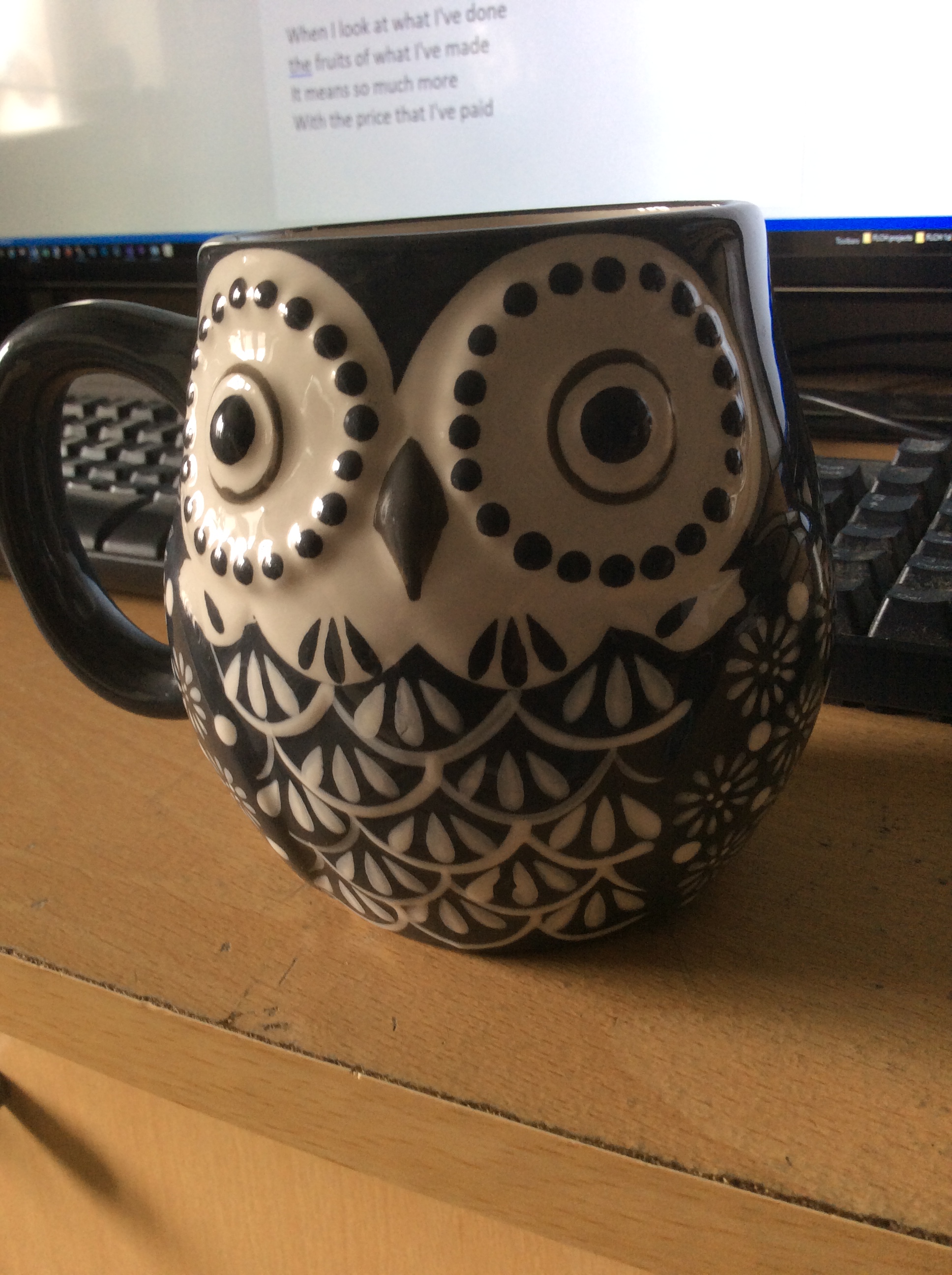
Enjoying a nice cuppa at Studio Steady
Day 26: First Stoneygate Co-write
A highlight was co-writing with Matt Steady for the first time on Monday (although I was ridiculously tired from a road trip to a family get-together the day before). Co-writing has been a mixed experience in the past: I co-wrote several songs with a friend at Uni, then there was a long gap. It was the first time I’ve co-written as Stoneygate, and I wasn’t sure if I should be using the electronics or the guitar. It is also the first time doing a co-write as part of Tune-A-Day. In case anyone is wondering, it is definitely not cheating – co-writing uses a whole extra level of skills that I need to work on, as well as the composition & lyric-writing, so it was more challenging than sitting down to write alone.
On the day, I didn’t think I’d keep pace if I tried to go with the electronics during the songwriting – I was rather low on brainpower, even after a large dose of Matt’s real coffee. So I stuck with the guitar, to focus on chords, melody and lyrics and not slow myself down worrying about sound design and hitting all the wrong notes. Just as well, I think we were in a funny key (a technical term, honest)!
The song felt like a proper joint effort, and once we’d got past the we’ve-never-worked-together-before shyness, and worked out what we were going to write about, we were challenging each other’s ideas and throwing in our own. There was also the important matter of being made acquainted with the most curious of the Steady cats. The song, being essentially a blues piece, didn’t feel like a Stoneygate song, though, until I’d put it into the computer, messed around to get a bassline that contrasted with the chords, then put some trip-hoppy drums in, and then it all made a lot more sense.
July is looking very busy already. Plus, I’d like to try to get to grips with Unity, the games development platform, as I’d like to try and make a video using it. (I’ve no idea if this is a realistic goal yet – it could turn out to be too big an ask, but I don’t think it will hurt to learn more about it). I’m following a games music composition course at the moment. And, I’ll be doing cover-song swapsies this month with one or two of the other musicians in a Facebook group I’m in. There’s also the small matter of progressing the album(s)! With more than an hour of additional material, the Tune-A-Day exercise gives me a lot more leeway selecting what makes the final cut for the next release.
*Not to mention the email and Twitter fronts.
TrickJazz Kickstarter: Update
 With the Kickstarter sitting at 72% of its funding target, and 5 full days to go, I’ve received the news from TrickJazz that the Kickstarter is going to be cancelled, because a new source of funding has emerged which will set the project on a stronger footing going forward.
With the Kickstarter sitting at 72% of its funding target, and 5 full days to go, I’ve received the news from TrickJazz that the Kickstarter is going to be cancelled, because a new source of funding has emerged which will set the project on a stronger footing going forward.
What happened?
Last month, after the Kickstarter had begun and a significant proportion of its funding had been raised, TrickJazz (aka Christian Facey) took part in a hackathon organised by IATA, and unexpectedly won one of the major prizes, for an idea unconnected to the mobile games Kickstarter. This win has brought him into contact with a group of software engineers, who want to progress both the chillout games and the idea that won the hackathon prize. This will mean the Kickstarter campaign is now no longer needed to bring the chillout games to market.
The chillout games are still going to be made, and my music and those of the other artists that have been featured will still be included.
The games are actually going to be available sooner than previously, as the team will be able to concentrate fully on these rather than generating Kickstarter rewards. The first game, “Way of the Bubble”, should become available either later this month or early in July, and the games will now be available as free downloads, so anyone can access them.
As soon as I’ve got more news about this and the Dreamwalker game’s release, which is scheduled to have my Sunset Landscape in, I’ll let you know.
The announcement from TrickJazz can be seen on their Kickstarter updates page.
Kickstarter update – it’s off the blocks.
I’ve spent quite a bit of my time the last week or so trying to raise awareness of the TrickJazz Kickstarter campaign I already mentioned. Nearly a week in, and the Kickstarter is at almost 25%, with 30 backers, which looks fairly healthy at this stage of the campaign, but by no means ensures success – the way Kickstarter works is all or nothing. You have to get to 100%+ by the deadline (8th June), otherwise all the pledges made so far become meaningless.
Why would I spend so much time working for free? Well, this is an opportunity for me to have one of my best tunes used in an actual mobile game which will be downloadable from the App store (for iOS devices) and Google play (for android devices). That is a good thing of itself (especially as I haven’t had to devise and write a game to do it).
On top of that, the TrickJazz Chillout Series games are designed to help players find the music in them. My tune is scheduled to go on the Dreamwalker menu screen, which means that it should be played for a short while every time a player starts the game. So, if the Kickstarter fundraising is successful and the game gets launched, this could mean I find some more people who appreciate what I’m making.
I’m also finding that there are other benefits to putting the effort in promoting the Dreamwalker Kickstarter. As well as learning more about how Kickstarter campaigns work, I’m discovering the existence of a lot of other game developers, so my knowledge and understanding of the sector is improving, too, which could, potentially, be useful in the future.
Kickstarter update – it's off the blocks.
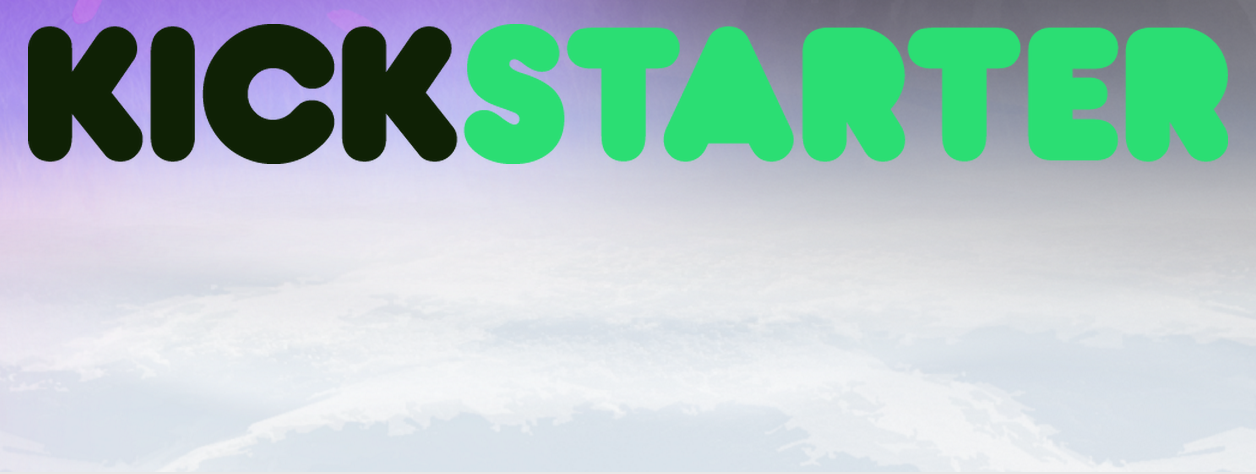
I’ve spent quite a bit of my time the last week or so trying to raise awareness of the TrickJazz Kickstarter campaign I already mentioned. Nearly a week in, and the Kickstarter is at almost 25%, with 30 backers, which looks fairly healthy at this stage of the campaign, but by no means ensures success – the way Kickstarter works is all or nothing. You have to get to 100%+ by the deadline (8th June), otherwise all the pledges made so far become meaningless.
Why would I spend so much time working for free? Well, this is an opportunity for me to have one of my best tunes used in an actual mobile game which will be downloadable from the App store (for iOS devices) and Google play (for android devices). That is a good thing of itself (especially as I haven’t had to devise and write a game to do it).
On top of that, the TrickJazz Chillout Series games are designed to help players find the music in them. My tune is scheduled to go on the Dreamwalker menu screen, which means that it should be played for a short while every time a player starts the game. So, if the Kickstarter fundraising is successful and the game gets launched, this could mean I find some more people who appreciate what I’m making.
I’m also finding that there are other benefits to putting the effort in promoting the Dreamwalker Kickstarter. As well as learning more about how Kickstarter campaigns work, I’m discovering the existence of a lot of other game developers, so my knowledge and understanding of the sector is improving, too, which could, potentially, be useful in the future.
Dreamwalker Kickstarter
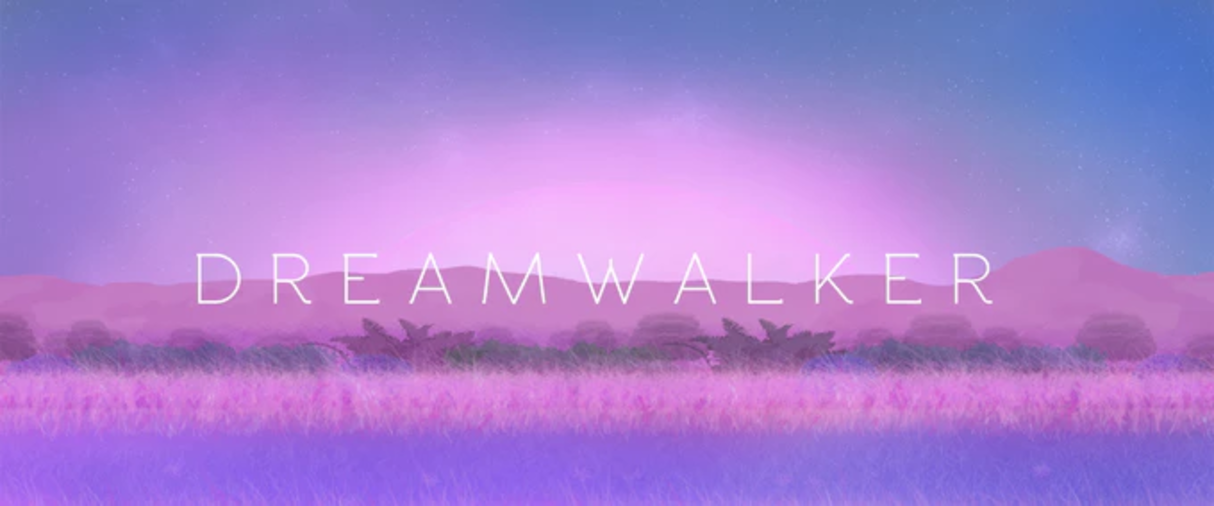 Today the TrickJazz Mobile App Kickstarter campaign, um, started. There are three games in the chillout series that are part of this Kickstarter campaign, but Dreamwalker is the game that my tune is going to feature in, on the menu screen. All of the games are aimed at being relaxing for the players and feature chilled out hiphop triphop and jazz music with a beat. One game involves popping on-screen bubbles, another is a colour-changing game where you have to change the colour of a ball at the right moment to match the moving ‘glass portals’. Dreamwalker is all about doing parkour (aka ‘freerunning’ – running and jumping your way through an obstacle course) in a dreamy environment.
Today the TrickJazz Mobile App Kickstarter campaign, um, started. There are three games in the chillout series that are part of this Kickstarter campaign, but Dreamwalker is the game that my tune is going to feature in, on the menu screen. All of the games are aimed at being relaxing for the players and feature chilled out hiphop triphop and jazz music with a beat. One game involves popping on-screen bubbles, another is a colour-changing game where you have to change the colour of a ball at the right moment to match the moving ‘glass portals’. Dreamwalker is all about doing parkour (aka ‘freerunning’ – running and jumping your way through an obstacle course) in a dreamy environment.
TrickJazz have already got a simple game out called Chicken!, but that one is really not about relaxation – it’s more likely to wind you up, in fact… But perhaps that’s where the idea for making relaxation games came from!
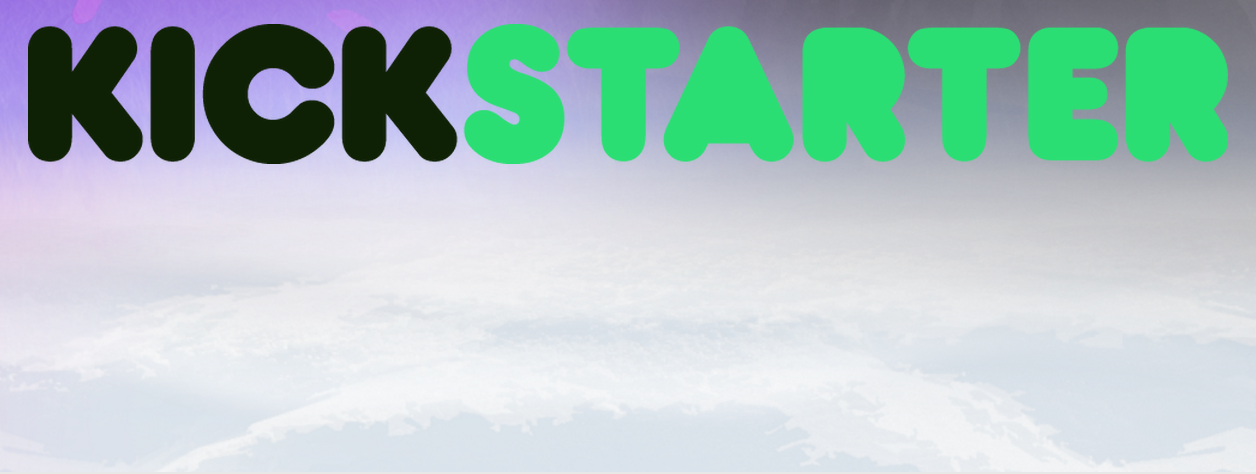
If you’re not familiar with this whole Kickstarter-ing business, the idea is that a lot of people get together and pool resources to make something happen, with the people that contribute normally getting some kind of reward in return – aka Crowdfunding. It’s important to note that, with Kickstarter campaigns, unlike some other Crowdfunding initiatives, it’s all or nothing: the fundraisers have to hit their target amount by the deadline, or the project gets nothing and it’s all been in vain.
In this Kickstarter, the goal is the launch of the three initial games in the TrickJazz games series, and they are looking to raise £10k to get these launched. That sounds like quite a lot, but the aim is that this will be made up of lots of very small pledges from a large number of supporters. The deadline for reaching the £10k target is on 8 June – the same day as the UK General Election.
If you would like to know more about the game series and the Kickstarter, there’s a page with ALL the details on, including a better description of the games and rewards, and you can also have a look at this video which explains what it’s all about.
Putting my Business Hat on (Part 2)
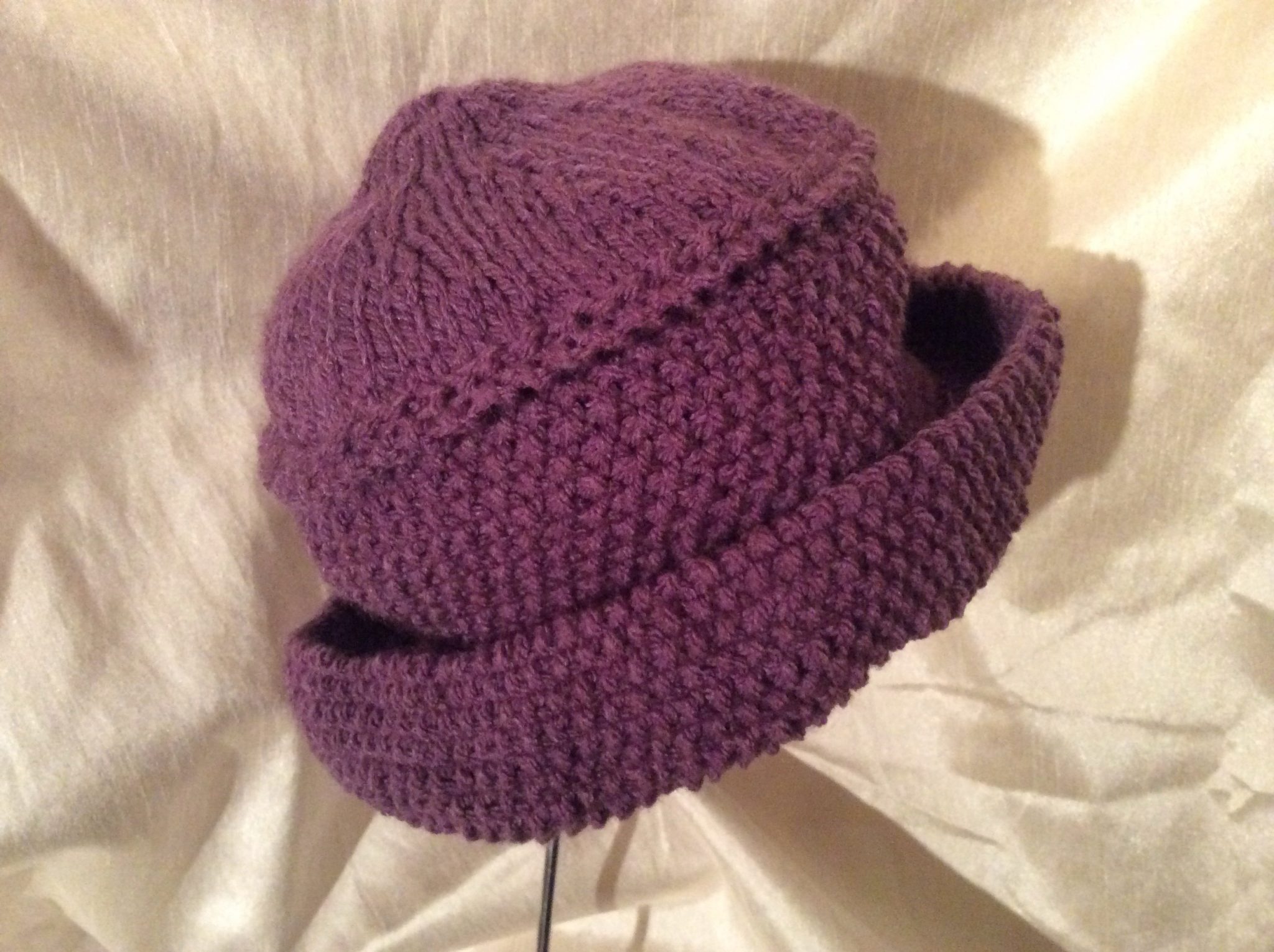
Still not a business hat, but I don’t have a bowler hat… this is probably the nearest I’ve got!
In my previous post, I explained how I’ve been in contact with TrickJazz studios, a company making games, and how I had put together a kind of business case for them to use my tune.
Christian Facey, the company’s founder, got back to me at the end of last week to confirm that he wants to go ahead with using my tune Sunset Landscape in one of their new games that they are putting together, called Dreamwalker. (Funny coincidence, that, with it being one of the tracks on my Sleepwalker album!)
The track is scheduled to be on the game’s menu page, which will mean that it is heard many times, so it’s a great opportunity for me. The difference with the series of games that TrickJazz wants to develop is that they plan to include information within the games about which artist’s work you can hear. The games will launch subject to a successful Kickstarter campaign.
I should also mention that at the same time this has been going on, I have been working on some backing vocals for a track by Manipulant, an electronic artist in Pennsylvania, USA. The track is called Run, and will be on his upcoming album. He’s got another track on the album which features Dr Fiorella Terenzi, who sounds like she is the US/Italian equivalent of the UK’s Dr Brian Cox from her Wikipedia entry. Run is already nearly complete, with just a few adjustments to go with the mix, which Manipulant is doing himself.
If you would like to check out some of Manipulant’s music ahead of the album launch, he already has an album, “Méthode de Narration”, on Bandcamp.
Putting my Business Hat on (Part 1)
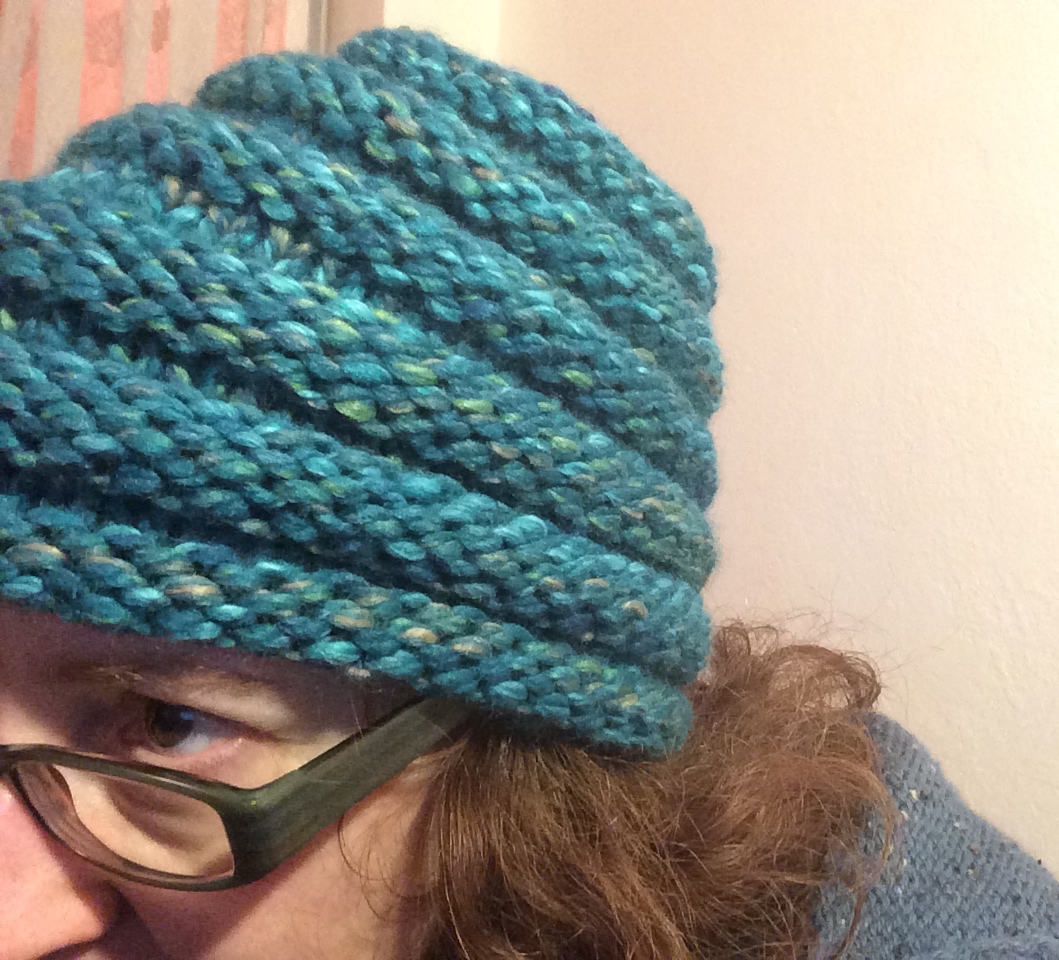
Er no, that’s not a business hat. More like a thinking cap. Or a beehive.
One of the things I’d really like to do is write music for computer games, or have tunes I’ve written placed in a game.
A few weeks back, I was in touch with an app developer, TrickJazz Studios, who are planning to make some games to aid relaxation. We had a couple of emails back and forth, then I didn’t hear anything for a bit.
We had a follow-up phone call this week, to discuss whether we could work together on the project. TrickJazz are a start-up venture and have been looking to recruit independent artists. They are aiming to get some big underground artists on board, or at least up-and-coming ones who are active on social media, as that makes it easier for them to get the games known about. I was asked to put together an email to describe what I could bring to the table, as that would influence whether my tune would be chosen.
On the back of that conversation, I had a pretty late night, pulling together relevant information on my ‘audience demographics’. In fact, I was up until after my resident blackbird had sung his morning song, as social sites like YouTube and Twitter can tell ‘content creators’ quite a lot about their audience.
The business side of being a musician doesn’t get talked about a lot, but it’s actually just as important as making good music, and understanding your audience is part of that.
Social media sites can tell you things like whether people watch your videos on their computer or on their phones, what countries you are getting views from, and what proportion of your audience is male/female. Obviously, none of the details given are personal, just general statistics about the overall audience. The data can help with understanding whether you’re communicating well with the people you’re in touch with, and whether you’re reaching the same people you expected to.

Whilst there weren’t many surprises, one thing I discovered this week was that the male:female ratio of people watching my Youtube videos is completely different in the US to the UK. This really surprised me, as I would have expected the distributions to be quite similar.
If you have any ideas why this might be, I’d be interested to know what you think in the comments, as I’m currently a bit puzzled!
